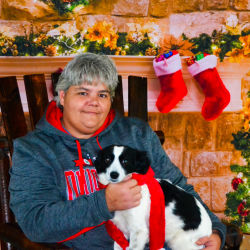Origins and Temperament
The Parson Russell Terrier, descended from the dogs bred by Parson John Russell in the 19th century, is a breed renowned for its lively and determined personality. Originally used for fox hunting, these terriers possess a sharp intellect and an abundance of energy. Their keen sense of adventure means they may find travel exciting, yet their sensitivity requires careful consideration to avoid stress.As transporters, we recognize the necessity of understanding their instinctual behaviors, such as a strong prey drive and love of pursuit. Ensuring a secure and stable environment throughout transit is imperative to accommodate their tenacious temperament.
Size and Physical Needs
Averaging between 13-14 inches in height and weighing 13-17 pounds, Parson Russell Terriers are compact powerhouses. Their boundless vigor demands regular exercise, and when traveling, ample space to move around is just as important. Short leg stretches and a chance to burn off energy can be a crucial aspect of a safe and comfortable journey.During transport, we provide personalized accommodations that cater to these physical needs, ensuring that every Parson Russell Terrier can travel without constraint and enjoy a serene adventure.
Common Health Considerations
Common health issues in Parson Russell Terriers include dental issues, patellar luxation, and deafness. To guarantee a smooth transportation experience, it’s vital to have their health documentation ready, encompassing immunizations and any specific medical records that relate to ongoing health conditions.We encourage preventative measures such as pre-travel check-ups and adherence to vaccination schedules to ensure your Terrier’s health on the road.
















